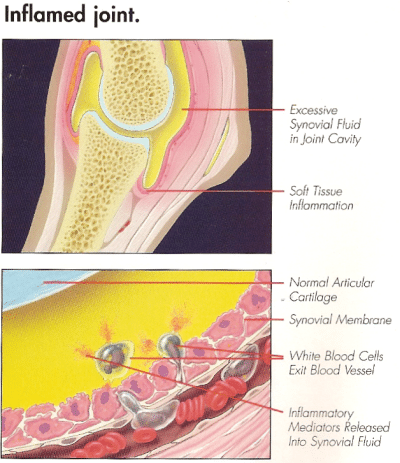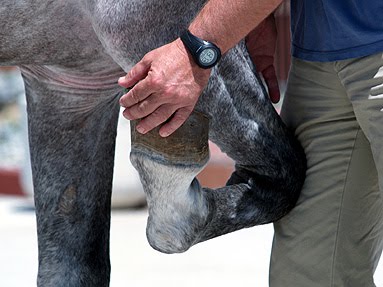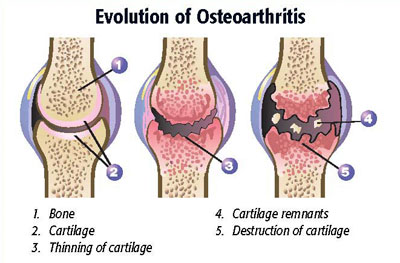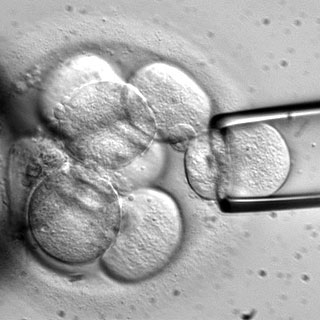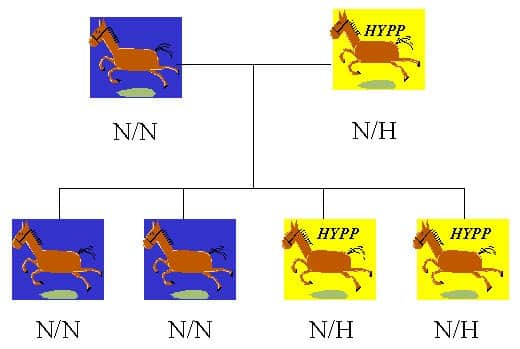Corticosteroids are a group of hormones that are normally produced by the two small adrenal glands, one of which lies next to each kidney of the horse. These hormones have many extremely important functions in the horse’s body. Various synthetic hormones have been made in an attempt to help reproduce the beneficial effects of corticosteroids, and they are a part of medical therapy for many conditions. The most important effects of the corticosteroids in medicine are anti‑inflammatory.
Injected directly into joints, corticosteroids are reasonably safe and effective agents for reducing the inflammation that can be caused by injury. The most common corticosteroids used in horse joints are triamcinolone (most commonly sold as Vetlog®) and methylprednisolone acetate (most commonly sold as Depo-Medrol®). There has been some scientific work 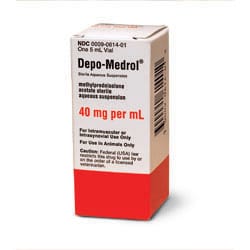 done things such as potency, duration of action, and cartilage damage caused by these drugs. Some of the most influential work (on veterinarians) has been done at Colorado State University using a model whereby a “chip” of cartilage is removed surgically, steroids are injected into the joint at intervals, and the horses are exercised. At the end of the study, the joints are examined for changes from normal. In such studies, it has been suggested that methylprednisolone has some adverse effects on cartilage, whereas triamcinolone does not. Even so, one can find conflicting data, and the selection of various corticosteroid drugs seems to largely be a matter of the experience of the veterinarian and the cost of the drug, as opposed to good scientific data.
done things such as potency, duration of action, and cartilage damage caused by these drugs. Some of the most influential work (on veterinarians) has been done at Colorado State University using a model whereby a “chip” of cartilage is removed surgically, steroids are injected into the joint at intervals, and the horses are exercised. At the end of the study, the joints are examined for changes from normal. In such studies, it has been suggested that methylprednisolone has some adverse effects on cartilage, whereas triamcinolone does not. Even so, one can find conflicting data, and the selection of various corticosteroid drugs seems to largely be a matter of the experience of the veterinarian and the cost of the drug, as opposed to good scientific data.
Under any circumstance, the anti-inflammatory effects of corticosteroids can help quiet joint inflammation, thereby reducing pain and lameness; however, they are not a cure, especially for chronic, long standing conditions such as osteoarthritis. While the anti-inflammatory effects are certainly useful, relief from pain and lameness is frequently only temporary, especially in joints affects with chronic osteoarthritis. Even in those horses, say, those with chronic arthritis of the hock, results of corticosteroid injections are often disappointing.
Corticosteroids are not completely benign. In horses, significant side effects of corticosteroid drugs have been suggested, especially laminitis (“founder”), a serious condition affecting the horse’s hoof. In spite of these concerns, however, no direct causal link has been established, that is, there’s no dose of corticosteroids that can be given to a horse that will necessarily make him develop laminitis. High doses and prolonged use of longer acting systemic corticosteroid products are reportedly risk factors for causing laminitis. Of course, with corticosteroids, as with any medication, one should use the lowest effective dose for the shortest period of time possible.
Corticosteroid anti‑inflammatory drugs have also been accused of accelerating joint destruction in horses, especially those that have pre‑existing arthritis. Some people have accepted this as fact. The medical studies are far from clear, however. It is true that corticosteroids tend to get in the way of normal tissue metabolism. If this happened in a joint, it might tend to retard or prevent the normal metabolic processes, including the process of repair of damaged tissue. Theoretically, then, if the joint is prevented from repairing itself, destruction of the joint could continue without interference. Fortunately, such problems have rarely been described in horses.
There is, however, little experimental information regarding the effects of injection of corticosteroidal anti‑inflammatory agents into previously damaged or arthritic joints in non-experimental settings. Considerable 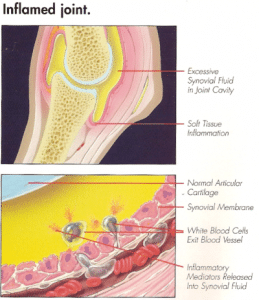 evidence exists that a single injection of steroids into normal joints is not particularly harmful. Many arthritic joints benefit from the relief of inflammation, even if only temporarily. In fact, there is some good evidence that the drugs, when used appropriately, actually protect joint cartilage from the damage caused by inflammation. Still, the ideal dose, as well as the ideal corticosteroid, isn’t known. Further, there’s a good bit of evidence to show that when used in excessive amounts, or with excessive frequency, they can have harmful effects on horse joints. Because injection of corticosteroids into joints is such a common procedure, the effects of corticosteroid injections into horse joints are the subject of much discussion in the veterinary community.
evidence exists that a single injection of steroids into normal joints is not particularly harmful. Many arthritic joints benefit from the relief of inflammation, even if only temporarily. In fact, there is some good evidence that the drugs, when used appropriately, actually protect joint cartilage from the damage caused by inflammation. Still, the ideal dose, as well as the ideal corticosteroid, isn’t known. Further, there’s a good bit of evidence to show that when used in excessive amounts, or with excessive frequency, they can have harmful effects on horse joints. Because injection of corticosteroids into joints is such a common procedure, the effects of corticosteroid injections into horse joints are the subject of much discussion in the veterinary community.
It’s also quite common to combine intra-articular corticosteroids with hyaluronan, or other substances. It’s been suggested that the combination of the two drugs might be more beneficial than either drug by itself, and that hyaluronan might also help protect against the adverse effects of corticosteroid. However, this suggestion is based more on tradition and theory, as opposed to scientific proof.
Corticosteroids should never be injected indiscriminately, or used for “maintenance” of otherwise normal joints. Corticosteroid injections are not harmless; as with any invasive procedure (where the horse’s body is entered), they carry the risk of infection or inflammation. But the bottom line is that, used judiciously, corticosteroids are important and almost indispensable weapons in the fight against equine joint disease.

